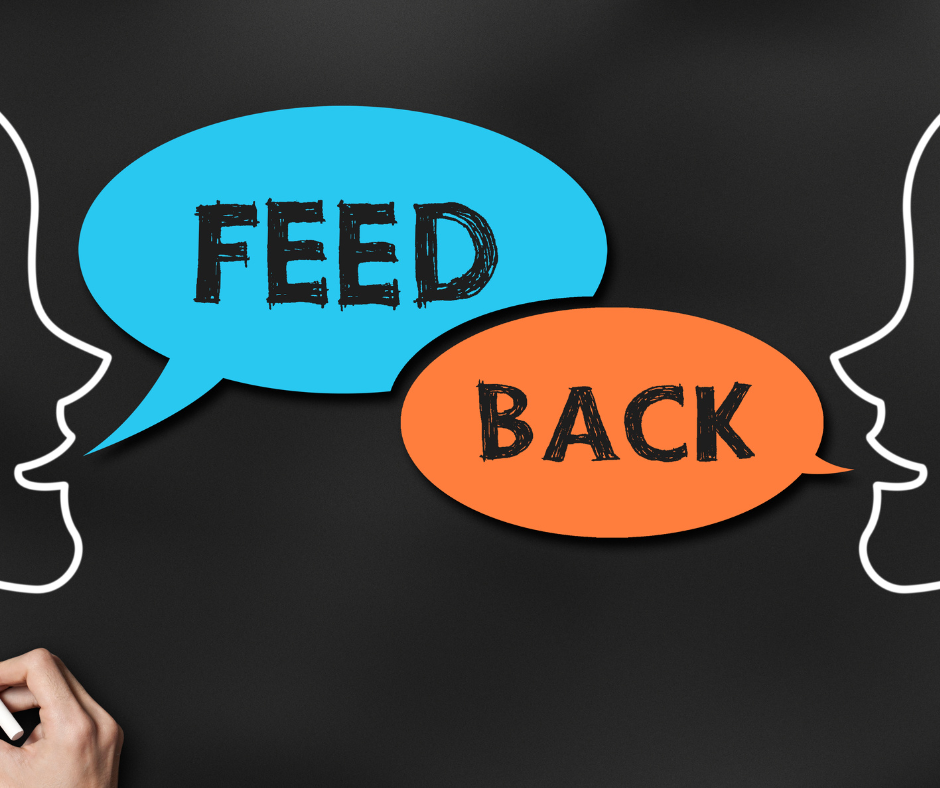
 Why is feedback important?
Why is feedback important?
Whether we admit it or not, we all need regular feedback on goals, direction & performance in fact 65% of employees say they want more feedback . Specifically the type of feedback desired is the type that will develop skills and stretch, grow and aid personal development.
In my last article I spoke about why feedback is important and that I believe we are wired to seek it out whether we are conscious of it or not.
I also promised to share some feedback frameworks. Frameworks or models are useful because they can help to make giving feedback easier, potentially taking away some of the blockers that get in the way of giving effective feedback consistently by providing a clear structure, aiding clear communication and increasing confidence.
It’s worth considering the type of feedback you are giving and your desired outcomes before choosing which model to use. Some are more effective than others in certain scenarios.
So here are a few that I have used and continue to use in my career…
AID Model: Action / Impact / Do or Do Differently
This simple model works well with both performance and behavioural feedback
- Action: Describe what is specifically being done well or not
- Impact: Describe the impact the actions are having or not – eg) Who did it impact on and how? / why do you think this was the impact?
- Do or do differently: Describe the desired outcome or behaviour and what can be continued or done more effectively next time
SBI Model: Situation / Behaviour / Impact
This is also a simple framework, easy to use and helps focus on the impact on others e.g. a team or client but it doesn’t include a call to action so is possibly less effective if you are looking for a change in behaviour.
- Situation: Describe the specific situation in which the occurrence that you’re referring to happened
- Behaviour: Describe the specific behaviour that you observed and would like to feedback on
- Impact: Describe the impact of this behaviour on you, the team, a client, etc
STAR Model:Situation / Task / Action / Result
- Situation or task: Describe the situation or task. Be specific.
- Action: Describe the action that an employee took, either negative or positive. Be as specific as possible.
- Result: Describe the direct result of the action and explain specifically why the action is effective and what you want to continue or change.
Pendleton’s Feedback Model
This is one of my favourites as it focusses on encouraging employees to take an active role in the feedback process. By being involved in the reflection and the conversation it can help them to feel heard and also part of the solution. As it can be used as a review of an overall situation it can position both positive and negative feedback as simply developmental feedback. I find this really useful in framing a more objective conversation and in including a discussion on how to achieve these behaviours or actions that the employee could do differently. It also lends itself nicely to a coaching approach.
The 7 steps are:
- Ensure the recipient is ready to receive the feedback
- Ask the recipient how they feel the situation went or how their behaviour was
- Ask the recipient what went well
- Confirm or tell the recipient what went well
- Ask the recipient what could be improved
- Confirm or tell the recipient what could be improved
- Together, form an action plan to ensure the discussed improvements are implemented/actioned
The Feedback Sandwich
I would not recommend this old chestnut. The idea is that negative feedback is sandwiched between two pieces of positive feedback in an effort to soften the blow of the negative feedback. However, in my experience this never goes well as people tend to choose what they listen to and so the message you intended to give is left up to the receiver to decide what they hear. They may disagree with the negative feedback so only pick up on the positive or they may focus on the negative and end up feeling that your positive comments are disingenuous. Which is often worse than not giving it at all.
There are of course many more feedback models available.
